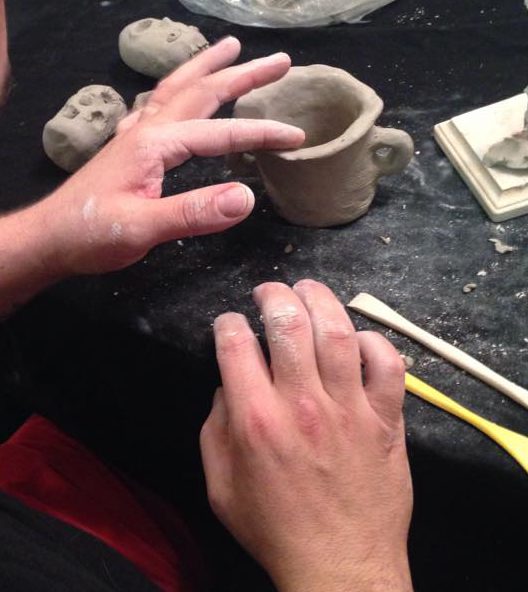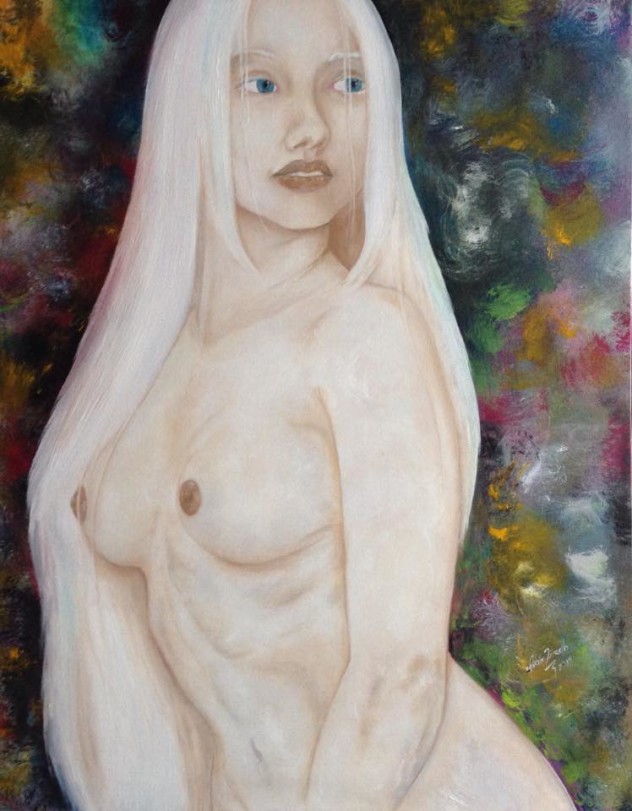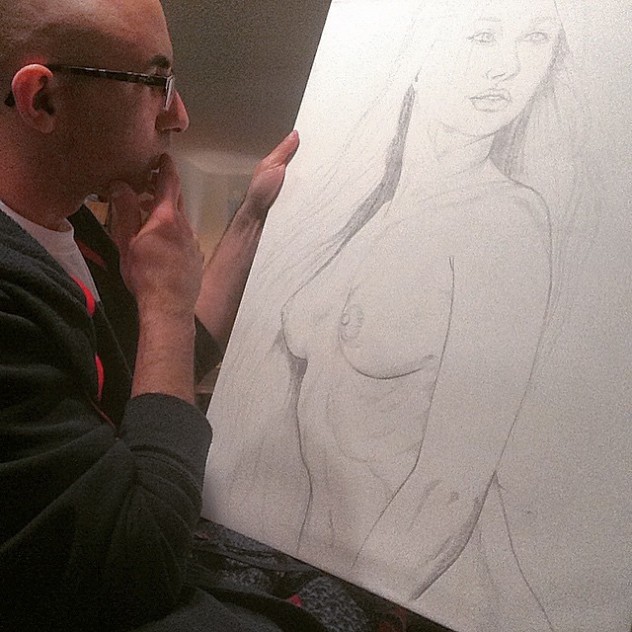Therapeutic Sculpting in Hamden
 I often speak about the cognitive, affective, physical, and spiritual benefits of the sculpting process. Sunday, August 21st, from 5-7 pm, we will be celebrating a therapeutic sculpting night in Hamden, CT. What is the difference between this event and the other sculpting events? In other sculpting events we focus more on techniques for sculpting specific projects. For the therapeutic sculpting, we will be focusing more on the process than the product.
I often speak about the cognitive, affective, physical, and spiritual benefits of the sculpting process. Sunday, August 21st, from 5-7 pm, we will be celebrating a therapeutic sculpting night in Hamden, CT. What is the difference between this event and the other sculpting events? In other sculpting events we focus more on techniques for sculpting specific projects. For the therapeutic sculpting, we will be focusing more on the process than the product.
The therapeutic sculpting in Hamden will focus on developing awareness in the connection with ourselves and the clay as a symbol of our connection with our immediate world. As our hands touch the clay, we will explore sensations in our hands, muscles, posture, mood, emotions, and other physical experiences. We will also explore our thoughts in the process. It is the goal of this event to allow us to experience and describe what happens with us and within us as we sculpt in a judgement free environment.
This event is available for only 10 participants in a first come, first serve basis. Individuals interested in this event can get more information here or by emailing questions, and must RSVP to participate. I am sure this is going to be an unforgettable time. Join us!


 I tried to understand each shadow and each brush stroke leading to the shades I wanted to achieve. I was looking for an almost monochromatic figure and at the end it was accomplished. I wanted to pay close attention to the face and the detail of the eyes and I am very satisfied with the results. I really enjoyed working on this painting. I can’t stop staring at it, specially at the details. There is no title yet for this painting but I am considering working on a new painting following these steps. That is another upside of the awareness I mentioned before: by keeping track of the steps and technique it is possible to reproduce them in a new project. Now that the painting is ready for sale, I am ready to begin a new one.
I tried to understand each shadow and each brush stroke leading to the shades I wanted to achieve. I was looking for an almost monochromatic figure and at the end it was accomplished. I wanted to pay close attention to the face and the detail of the eyes and I am very satisfied with the results. I really enjoyed working on this painting. I can’t stop staring at it, specially at the details. There is no title yet for this painting but I am considering working on a new painting following these steps. That is another upside of the awareness I mentioned before: by keeping track of the steps and technique it is possible to reproduce them in a new project. Now that the painting is ready for sale, I am ready to begin a new one.
Spirituality: The Fourth Domain
Spirituality has been linked to every culture since the beginning of time. Many civilizations based their existence on their spiritual practices. Daily living, politics, laws, art, and architecture are some examples. In modern and contemporary society, even though many claim an absolute separation from spiritual principles, it is possible to observe an awakening of spirituality. It is important to understand and differentiate spirituality from ritualistic practices. On one way or another, the influence of spirituality is as strong as the cognitive, affective, and psychomotor domains in developing a perception of the self and our capabilities, and how we respond to our environment. Therefore, I propose an inclusion of the spiritual domain as an active component of the interactions between the self and the environment, and an influencer in the learning process.
The plan for my paper is to develop a relationship between the elements comprising this idea. I want to define the characteristics of each one of the domains and how, while different from each other, they are interdependent. It is my intention to differentiate between abstract functions and those that are tangible and measurable. This differentiation includes separating environmental stimuli and how they are perceived. Moreover, I want to use these definitions and relationships to develop understanding how these elements, by themselves and in combination, influence behavior and specifically our attitude and aptitudes towards learning. Understanding will lead to practical and theoretical considerations to develop awareness of our own processes, as well as strategies for modification and balancing of the influences of the domains. It is my expectation that through the exploration of this idea of spirituality as the fourth domain can shed insights in addressing people and their learning processes with a holistic approach.